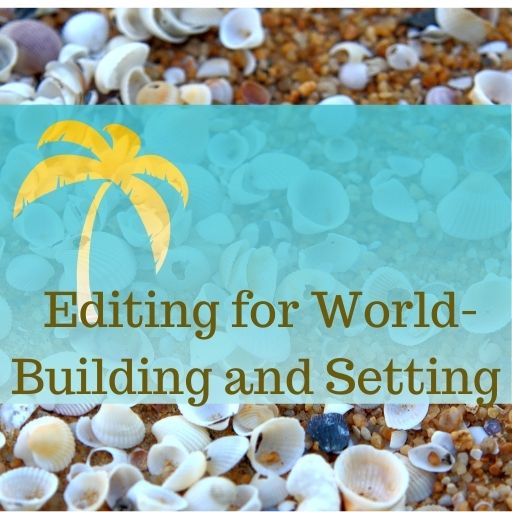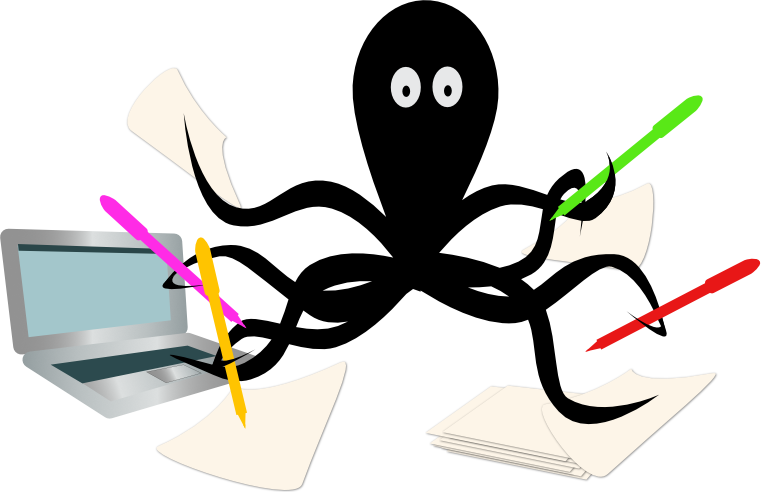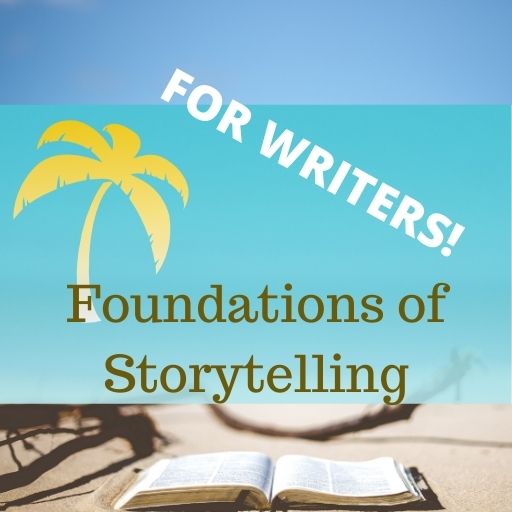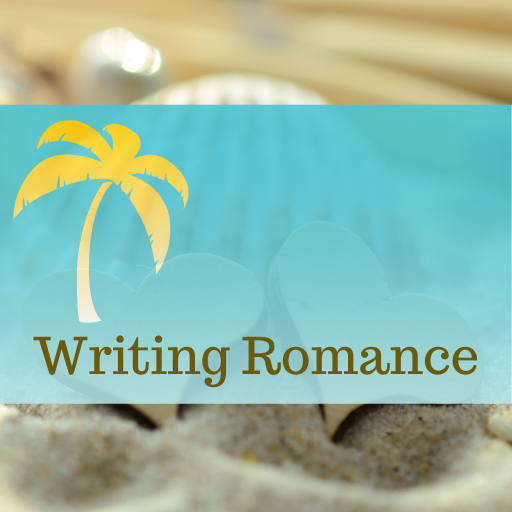World-building without info-dumping
World-building is often seen as the province of science fiction and fantasy writers who have to convey new-to-us settings and cultures, and occasionally by historical writers who have to convey the feel of an era that a reader may not know much about. But every story takes place somewhere. Even stories set in a contemporary time period in a city the reader is likely to know require some amount of context. The New York City of a tourist is very different from the New York City of an actor.

Finding the middle ground in setting
It’s up to the developmental editor to help the author find a middle ground between providing too much detail of setting and not enough. Spending too much time describing setting is a type of info-dumping. Maybe the author needs to know it all but the reader probably doesn’t.
The reader needs enough to detail to feel that they understand and are immersed in the setting but not so much that they are distracted from the dialogue and action by big lumps of exposition. One great way to prevent info-dumping in descriptions of setting is to encourage the author to incorporate descriptions within dialogue and action and to keep them to just a sentence or two. Instead of:
“What?” Mario shouted. “That’s a load of horse manure and you know it!”
He was standing in the middle of the Daily Sun’s newsroom. It was a cramped space, with ten or so metals desks crammed into cubicles with off-white carpeted walls. Noise bounced off the cubicle walls instead of being absorbed by them, like all of the ringing telephones and squeaking desk chairs, which multiplied into headache inducing levels.
Overhead, fluorescent lights flickered and buzzed and underfoot, a threadbare carpet tripped up unwary feet. In the corner was a coffee station that was constantly busy, with spilled sugar and creamer attracting ants and other pests so that the ant traps were mixed in with the coffee mugs.
The room smelled like overheated bodies, day-old lunches, and garbage that wasn’t taken away quite soon enough.
Mario was standing in front of the managing editor as he yelled.
A better approach might be:
“What?” Mario shouted. “That’s a load of horse manure and you know it!”
He was standing toe to toe with the managing editor in the middle of the Daily Sun’s cramped newsroom, phones ringing unanswered as his coworkers craned their heads over the cubicle walls to watch.
The later still orients the reader to the setting but doesn’t overdo the exposition. It also feels a little more immediate because we can visualize the coworkers watching the argument. The focus remains on the dialogue and action. In the original version, everything stops in its tracks while the author tries to convey the setting.
Give the reader some credit
Remember that the reader isn’t a complete idiot. They can make inferences and connect the dots. Not only should the author learn to trust the reader but you, as the editor, need to do so as well. That means not necessarily pushing the author to explain what can be gleaned through context and with a little patience (that is, by letting the story unfold).
Suppose the novel you’re editing is set in the future:
Kiara reached for the communicator and buzzed the head luminary.
It’s common for inexperienced editors to be all over that:
AU: What is a communicator? Is it a thing or a person? The dictionary defines a “communicator” as a person, so if it’s a thing please consider using another word. What does it look like? How does it work? Also, can you please provide information about what a luminary is? This is unclear. Consider adding background material to clarify this for the reader.
Give the reader some credit. They can probably figure out that the communicator is a phone-like device. How it works, unless crucial to the story, doesn’t need to be described (you wouldn’t ask the author of a contemporary novel to describe a phone).
The reader can also probably figure out from context that a luminary is some sort of boss or important person, and as long as the author explains what one is before the end of the book, it probably doesn’t need to be defined right this minute.
Join the Club!
New to story editing? Begin at the beginning.





